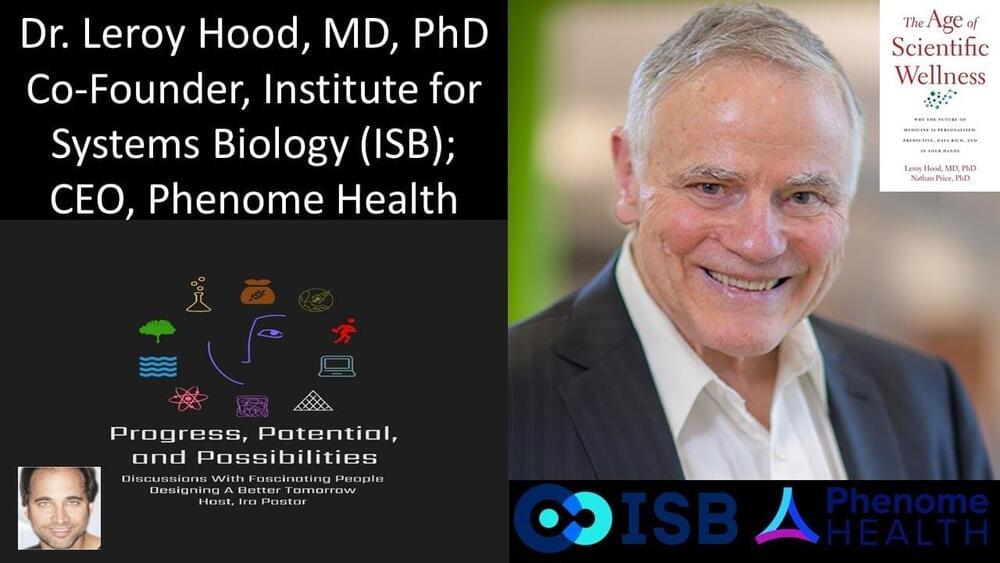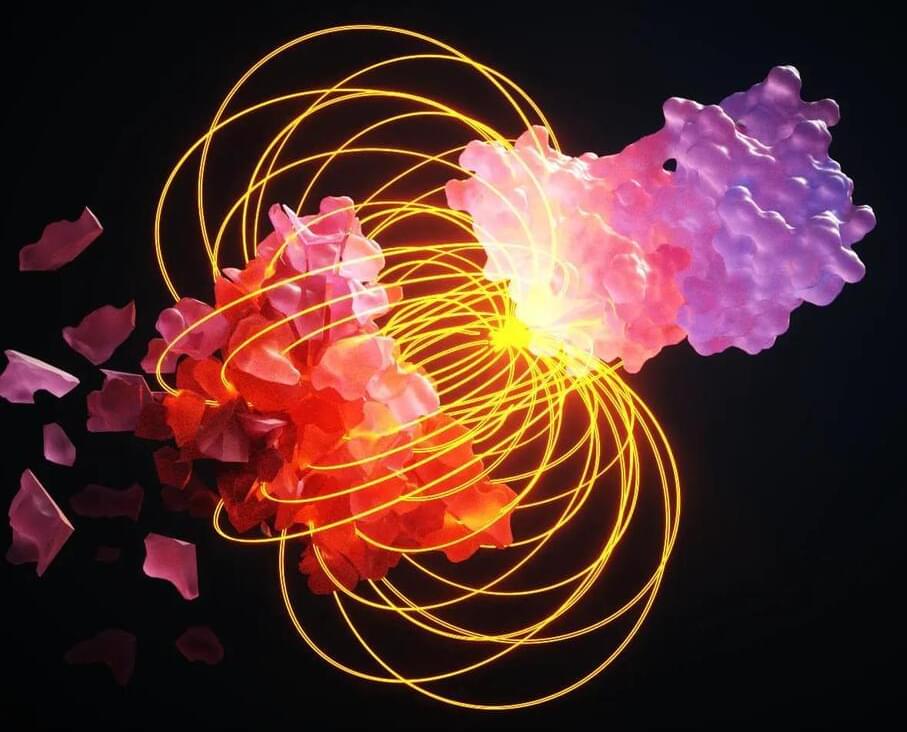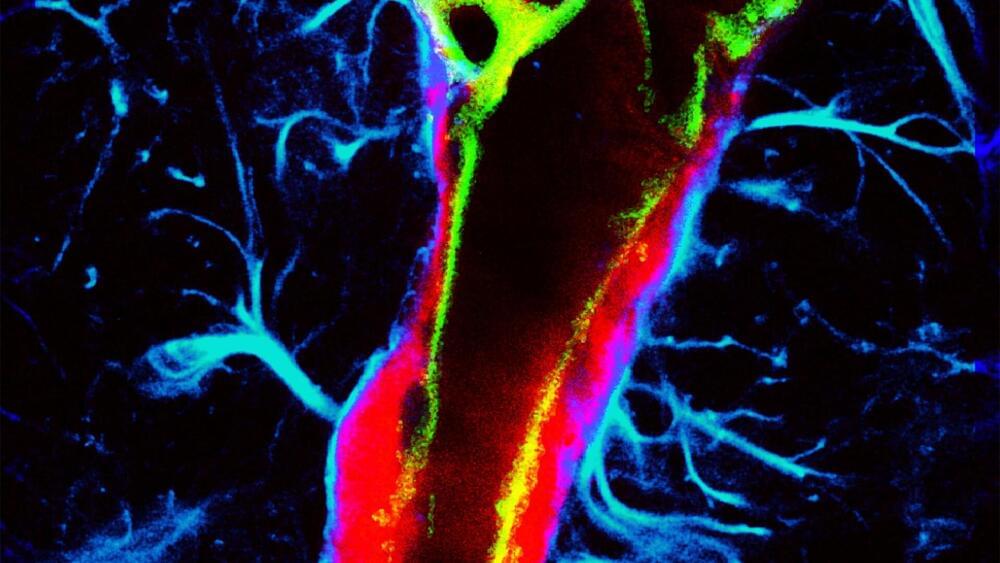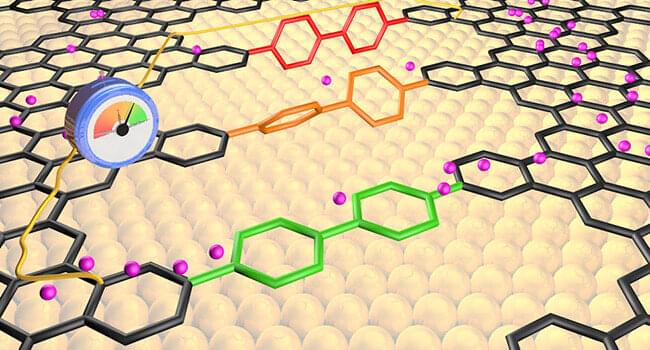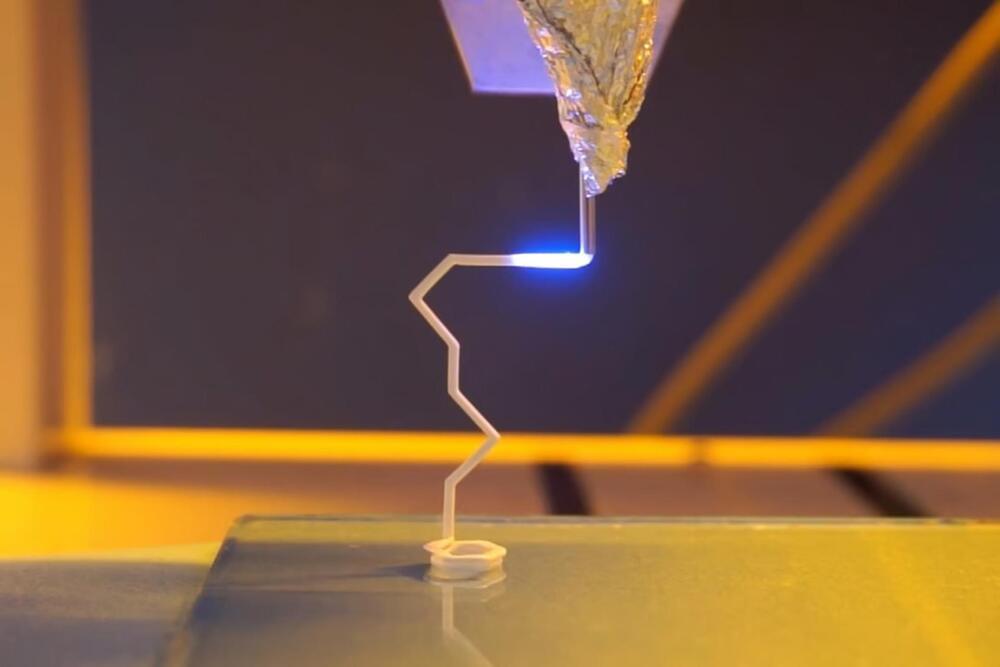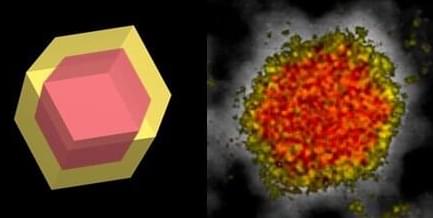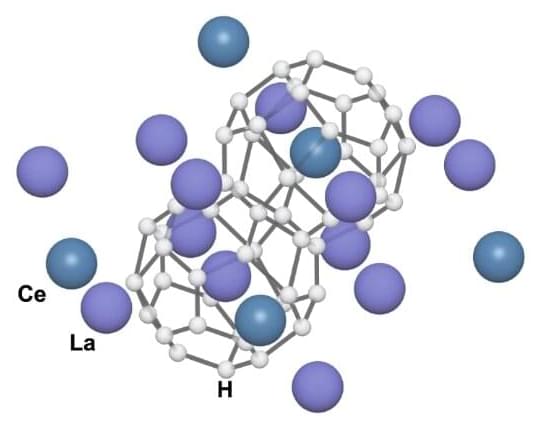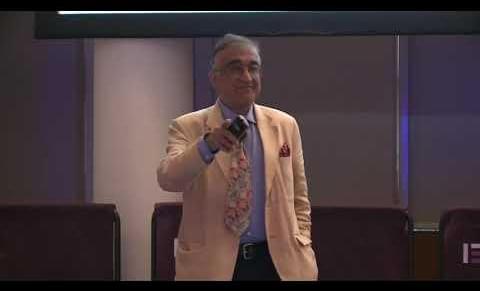May 18, 2023
Dr. Leroy Hood, MD, Ph.D. — Co-Founder, Institute of Systems Biology (ISB); CEO, Phenome Health
Posted by Ira S. Pastor in categories: biotech/medical, engineering, health
(https://isbscience.org/bio/leroy-hood/) is Co-Founder, Chief Strategy Officer and Professor, at the Institute of Systems Biology (ISB) in Seattle, as well as CEO of Phenome Health (https://phenomehealth.org/), a nonprofit organization dedicated to delivering value through health innovation focused on his P4 model of health (Predictive, Preventive, Personalized and Participatory) where a patient’s unique individuality is acknowledged, respected, and leveraged for the benefit of everyone.
Dr. Hood, who is a world-renowned scientist and recipient of the National Medal of Science in 2011, co-founded the Institute for Systems Biology (ISB) in 2000 and served as its first President from 2000–2017. In 2016, ISB affiliated with Providence St. Joseph Health (PSJH) and Dr. Hood became PSJH’s Senior Vice President and Chief Science Officer.
